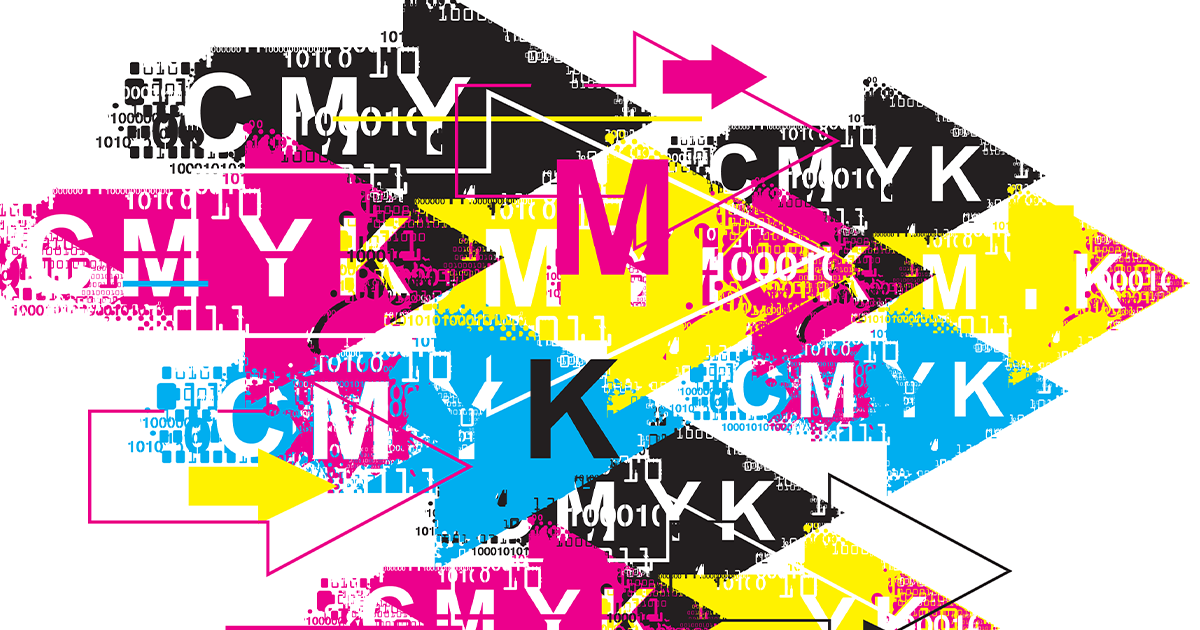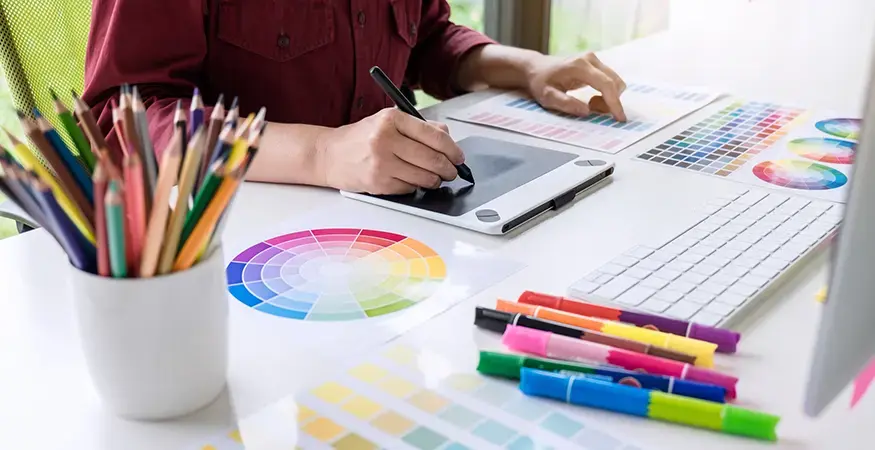Do you know what makes your production printing business unique? When a potential customer walks in the door, can you wow them with your print shop’s capabilities? Quality is and will remain a key touchpoint for customers, but bringing new customers in the door will take innovation and cutting edge technology.
Here is the print tech that we see attracting new business for printers in the coming year.
All That Glitters…
The fastest and most eye-catching way to win customers is with metallic inks, shiny foil stamping, pearlized paper or solid color stock. The current generation of Ricoh digital production printers like the C7210X has fifth color capabilities which can apply a clear gloss spot varnish or opaque white toner to prints.
The clear gloss adds an extra dimension to the print, while white toner on a metallic, shiny mylar or solid color paper can create an opaque white that simulates paper while allowing the color of the stock to show the areas not touched by the toner. The white areas can then be printed over with 4-color process toner. The result is an impressive, printed piece that looks like it was printed with metallic ink, foil-stamping or pearlized paper, but with the flexibility of doing short runs or using variable data.
Synthetic Gets Real
Synthetic media solutions like vinyl, polypropylene and polyester are among the most common synthetic substrates. Synthetic papers are resistant to water, chemicals, and tearing—providing durability to almost any application and can be perforated, laser die cut, scored, folded, and punched.
For example, synthetics make it possible to create sewable labels for fashion, beddings or furniture. This application is traditionally offset printed, which usually involves long lead times and large volumes to be cost-effective. With synthetic fabric, customers can print as many labels as they need, when they need them. Lower volumes of printed materials and increased personalization and/or lower print jobs means the printer offers a full and professional solution to its customers with a more creative targeted message.
VDP Means Whatever You Want It To Mean
Variable Data Printing, or VDP, is on-demand printing or text, graphics and images that changes from one printed piece to the next without stopping or slowing down your machines. That means printers can adjust information on materials based on where people live, if they are single or married, or any other piece of information you have on your audience. Depending on the campaign, you can change phone numbers so recipients can contact various people within the company. You can change up your images and maps using variable data printing. Show exactly where your storefront is relative to their neighborhood. Or show custom images based on that specific person’s demographic. Make sure you are sending the right message to each recipient.
The Ties That Bind
We understand that adding an in-line finishing system is a good option for many printers that do not have a bindery department to lean on. There are many options to do this with digital devices. You can also decouple a finishing system from the digital press which allows the press to print with no possibility of a stoppage from a downstream device. For example, our partners at Duplo offer advanced offline (and online) bindery equipment that makes it possible to engage short-run jobs and to support format/size changes during a shift. Make sure you are making the correct decision when it comes to finishing your work while keeping productivity and costs in mind.
Go with the Workflow
Flashy or flexible new technology is great but remember that workflow can be a significant competitive differentiator. For some customers and certain applications, workflow is the most important differentiator.
Consider EFI JobFlow, which I think of as a web-based hot folders on steroids. JobFlow streamlines print job production using a browser-based prepress workflow system that prevents errors, reduces waste, improves customer communications and automates job preparation steps. Use it to convert incoming jobs into PDF files, conduct preflight checks for fonts, spot colors, ink coverage, media size and more. With online job submission through cloud-based services like Dropbox it makes it easier to coordinate, collaborate and communicate with customers.
In addition to the technologies described above, Wide Format solutions for sign and display graphics and printing and cutting solutions for short-run packaging will help your print business remain competitive. If you need help implementing any of these, contact the experts at the Gordon Flesch Company. We are focused on Production Print solutions for commercial printers, and our analysts are ready to help.










